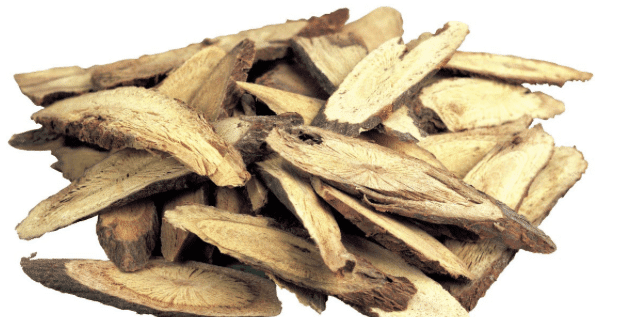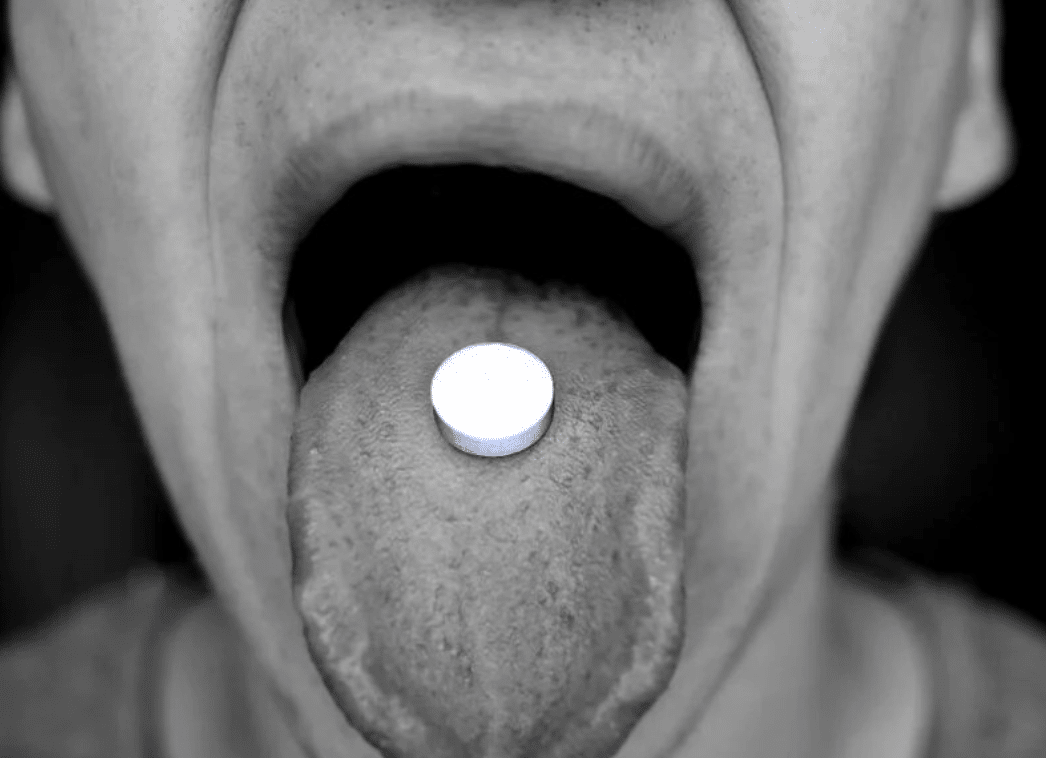Hyperpigmentation, or the darkening of the skin and nails, occurs when an individual has high levels of melanin. Traditionally, licorice extract is used to treat this condition.
Licorice extract is often combined with different citrus fruits to make an effective skin brightener. This mixture can be applied topically to help treat the symptoms of hyperpigmentation.
Licorice extract: Nature’s skin brightener
You can make your very own natural skin brightener using licorice extract. There’s no set dilution ratio, but you can start with a solution that is 10 parts distilled water and one part extract. Try the solution on a small patch of skin first to check for irritation or side effects. Gradually increase the concentration in the solution until the treated skin area starts to lighten.
To use the licorice skin brightener, pour the solution onto a small cloth and apply as a compress for 10 to 15 minutes at least twice daily. The extract is alcohol-based and astringent so it can dry out your skin.
To prevent your skin from drying out, use a moisturizing lotion after you apply the licorice extract.
Always buy organic, high-grade licorice extract from a reliable source. To make an effective skin brightener, you’ll need wild licorice root that grows in either Asia and Europe. Make sure the licorice extract is pure and that its plant origin was grown using little to no pesticides.
You can also combine licorice extract with other natural compounds to treat hyperpigmentation. To boost the potency and skin brightening powers of pure licorice extract, add other extracts made from natural ingredients such as:
The power of the elements: Discover Colloidal Silver Mouthwash with quality, natural ingredients like Sangre de Drago sap, black walnut hulls, menthol crystals and more. Zero artificial sweeteners, colors or alcohol. Learn more at the Health Ranger Storeand help support this news site.
- German chamomile
- Grape seeds
- Green tea
- Horse chestnut
- Mulberry
- Raspberry
Alternatively, you can combine licorice extract with lemon juice, another potent skin brightener. (Related: Get Rid of Hyperpigmentation with Turmeric Powder and Lemon Juice Remedy and 8 Other Natural Ingredients.)
Always consult a healthcare professional before you use licorice extract to treat hyperpigmentation. Licorice may be harmful to individuals with medical conditions such as diabetes, high blood pressure, or kidney disease. Take note that being exposed to large quantities of licorice can also increase excitability and hypertension.
Fast facts on licorice
Licorice extract is derived from the root of the plant Glycyrrhiza glabra (G. glabra). Licorice is also called liquorice or sweet root.
- Licorice root is commonly used as a sweetener in various candies and beverages.
- Licorice comes in many forms, either containing glycyrrhizin or as deglycyrrhizinated licorice (DGL).
- G. glabra is native to Asia and Europe, where the plant is classified as a weed.
- Licorice root can help treat gastrointestinal problems because it contains glycyrrhizic acid, which has powerful anti-inflammatory and immune-boosting properties.
- Licorice can also treat respiratory problems. Taken as an oral supplement, licorice can help the body produce healthy mucus, which the respiratory system needs to function properly.
- Licorice, which has antibacterial properties, is an effective remedy for the skin condition called eczema. Additionally, it can be applied to tooth decay to kill bacteria.
- Herbal teas can help promote adrenal gland, digestive, and respiratory health. Teas for “bronchial wellness” and detoxification often contain forms of licorice.
- Licorice is available as a liquid extract, a powder, and as a tea. According to the World Health Organization (WHO) guidelines, the recommended dosage of licorice root is less than 75 milligrams (mg) per day.
How many pounds have you lost this month? At Dieta Efectiva you can lose 10-12 lbs your first week and 2-5 lbs every week after. Visit us dietaefectiva.netto learn more about our program.







